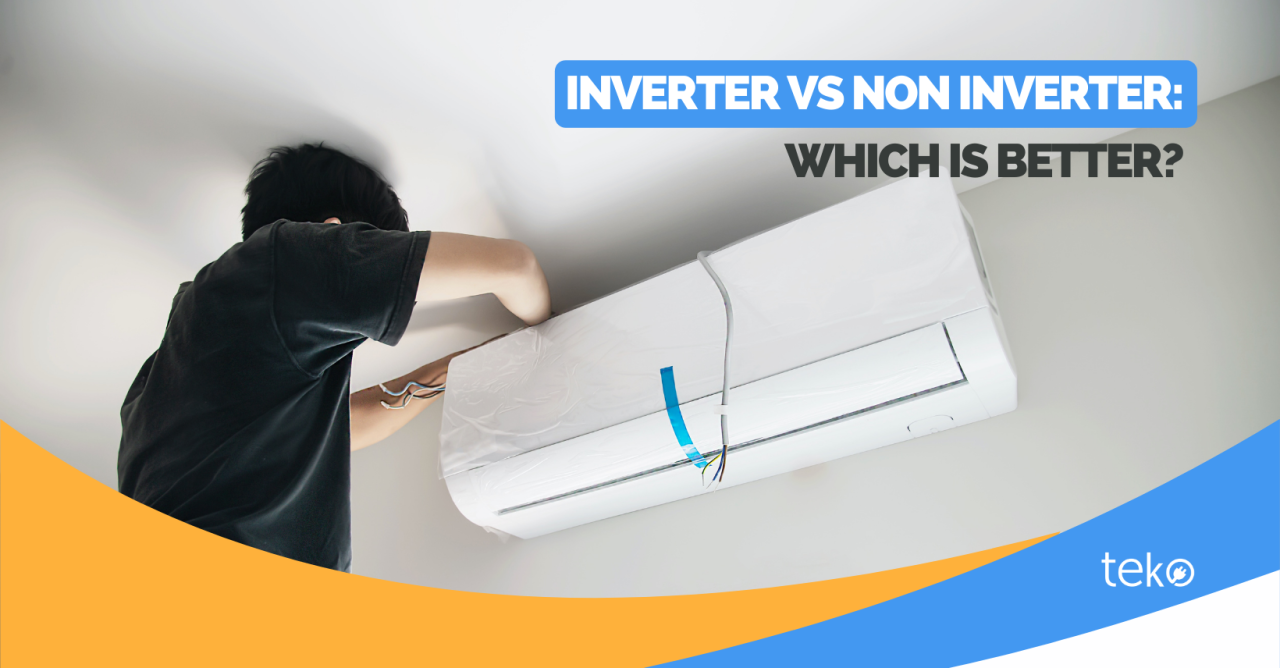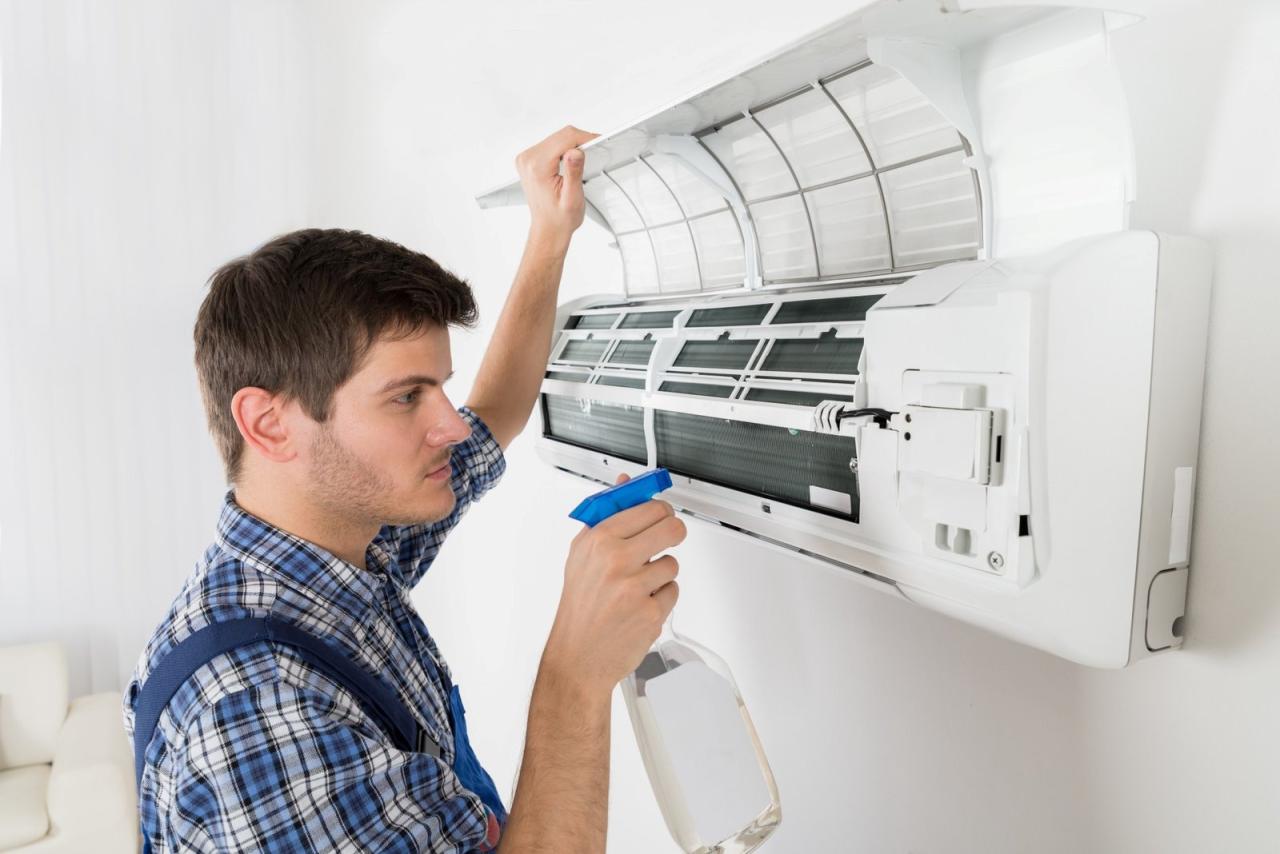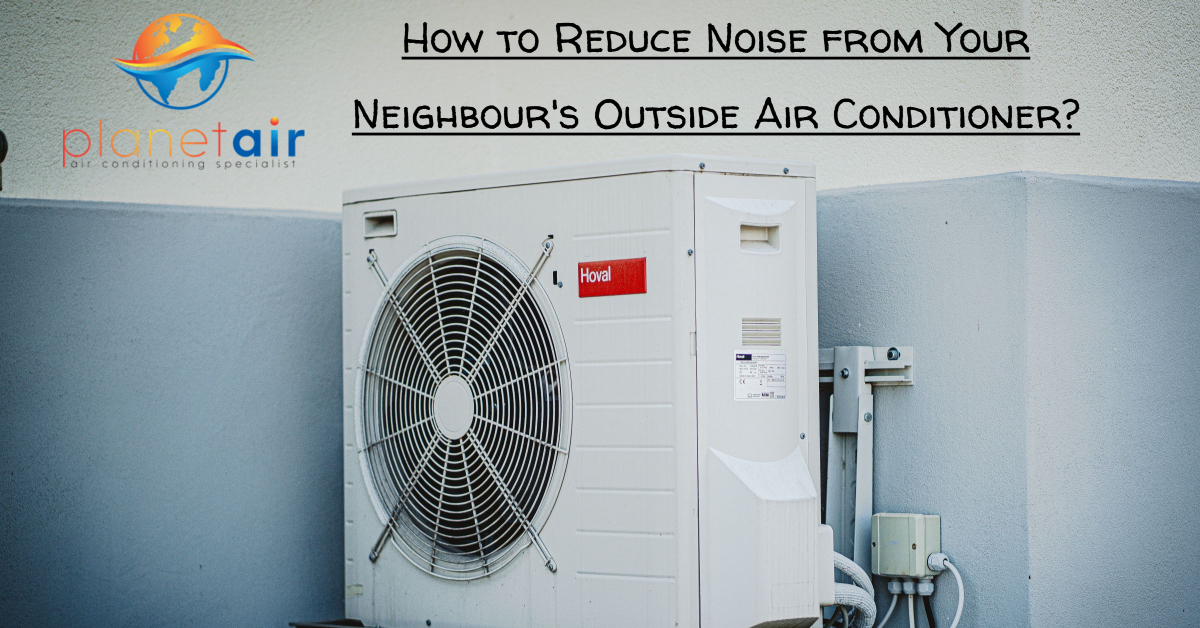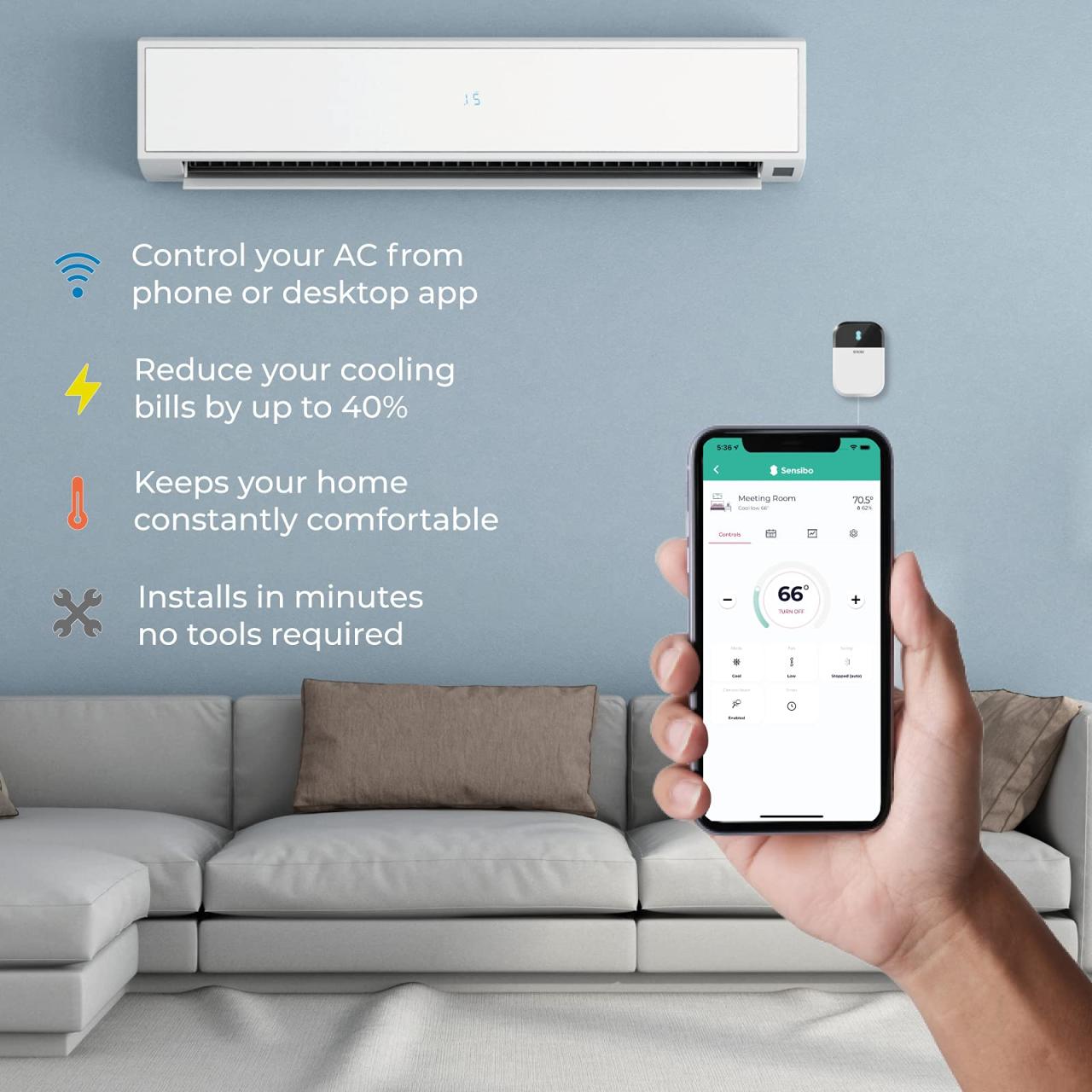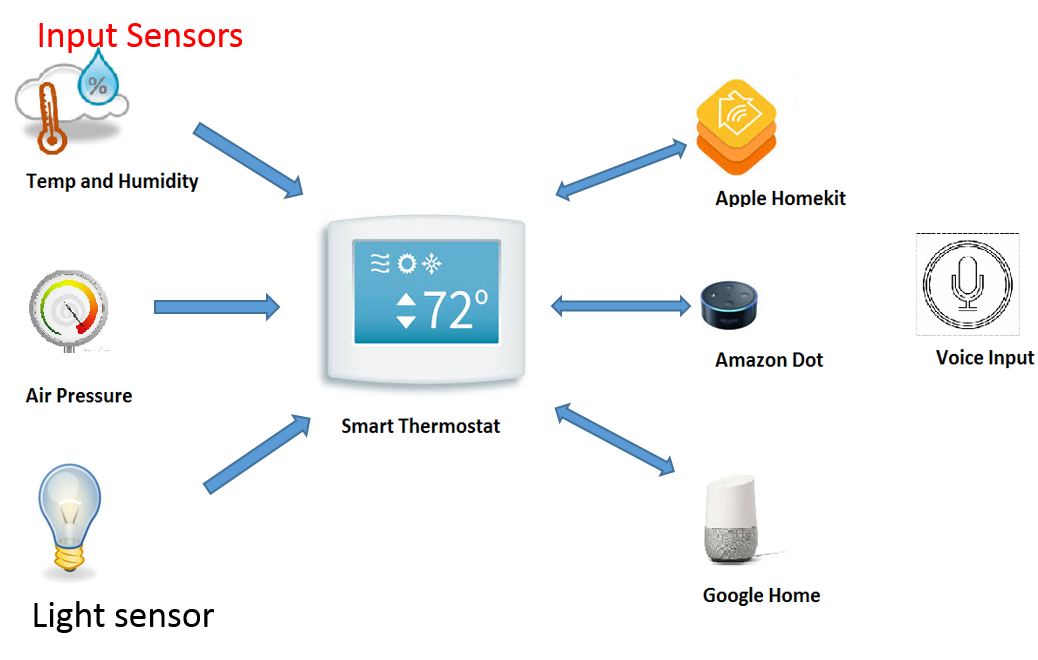Crafting a Comprehensive Guide to Product Liability Insurance for Home & Interior Goods
Embark on a journey into the realm of Product Liability Insurance for Home & Interior Goods, where businesses navigate the intricacies of protecting themselves in the dynamic market of home and interior products.
Delve deeper into the nuances of coverage, costs, and the pivotal role this type of insurance plays for manufacturers and retailers alike.
Introduction to Product Liability Insurance for Home & Interior Goods
Product liability insurance for home & interior goods is a type of coverage that protects businesses in the industry against financial losses due to defective products causing harm to consumers or property damage.
Having product liability insurance is crucial for businesses in the home & interior goods sector to safeguard themselves from potential lawsuits, medical expenses, or compensation claims that may arise from product defects.
Scenarios Where Product Liability Insurance is Essential:
- Defective Lighting Fixture: If a faulty lighting fixture causes a fire in a customer's home, resulting in property damage, the business can be held liable. Product liability insurance would cover the costs of property damage and any legal fees.
- Toxic Paint: Imagine a scenario where a paint product contains harmful chemicals that lead to health issues for consumers. Product liability insurance would help cover medical expenses and potential lawsuits filed against the business.
- Faulty Furniture: If a piece of furniture collapses and injures a customer, the business could face a lawsuit. Product liability insurance would provide financial protection in such cases.
Coverage Offered by Product Liability Insurance
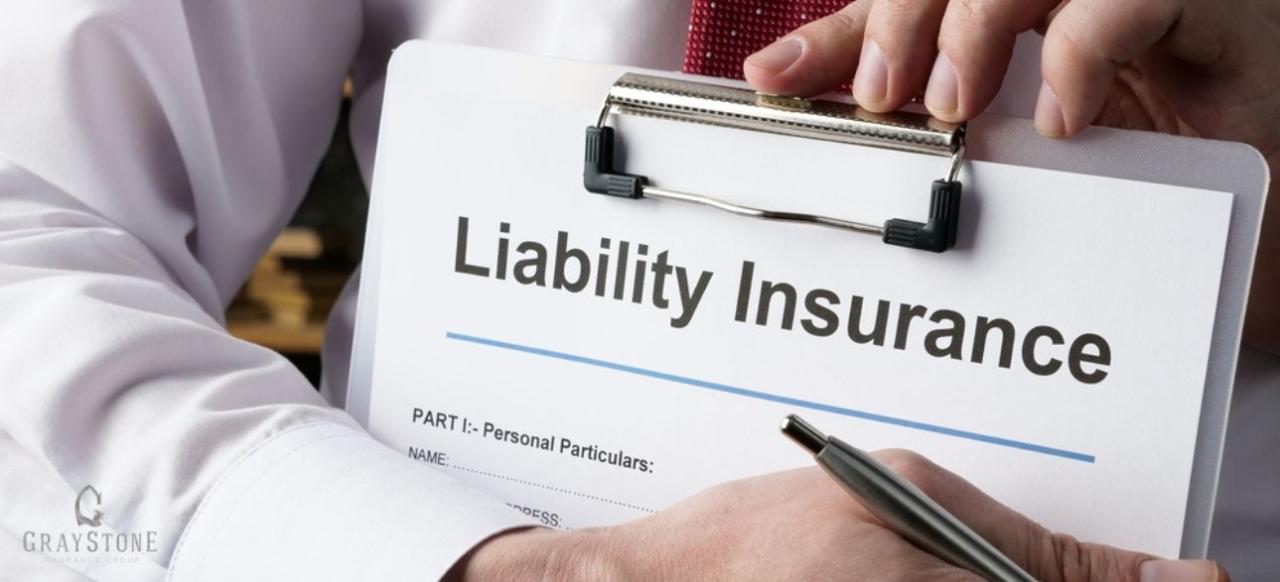
Product liability insurance for home and interior goods typically includes coverage for various aspects related to the manufacturing, distribution, and sale of these products. This type of insurance is crucial for businesses in the home and interior goods industry to protect themselves from potential financial losses due to product-related issues.
Types of Coverage
- Product Defects: Coverage for damages caused by defects in the design, manufacturing, or labeling of the product.
- Property Damage: Coverage for damages to property caused by the product.
- Bodily Injury: Coverage for injuries sustained by individuals due to the use of the product.
- Legal Defense Costs: Coverage for legal expenses incurred in defending against product liability claims.
Limits of Coverage
- Intentional Acts: Damage caused intentionally by the insured party may not be covered.
- Contractual Liability: Liability assumed under a contract may not be covered.
- Punitive Damages: Coverage for punitive damages may be limited or excluded.
Examples of Claims Covered
- A consumer sues a furniture company after a chair collapses, causing injury.
- A homeowner files a claim against a flooring manufacturer for defects leading to property damage.
- An individual seeks compensation for medical expenses due to a defective home appliance.
Cost and Factors Influencing Product Liability Insurance
Product liability insurance costs for businesses in the home and interior goods sector are determined based on several factors. Understanding these factors can help businesses make informed decisions when seeking coverage.
Factors Influencing Product Liability Insurance Costs
- The nature of the products: The type of home and interior goods being manufactured or sold can greatly impact the cost of product liability insurance. Products with a higher risk of causing harm or damage will typically have higher premiums.
- Claims history: A business's past history of product liability claims and payouts can influence insurance costs. A track record of frequent claims or large settlements may lead to higher premiums.
- Business size and revenue: The size of the business and its annual revenue can also play a role in determining insurance costs. Larger businesses with higher revenues may face higher premiums due to potentially larger exposure to risk.
- Quality control measures: Businesses that have strong quality control measures in place to ensure the safety and reliability of their products may be able to secure lower insurance premiums. Insurers often reward proactive risk management practices.
- Compliance with regulations: Adhering to industry regulations and safety standards can positively impact insurance costs. Businesses that demonstrate compliance with relevant laws and regulations may be viewed more favorably by insurers.
Strategies to Lower Product Liability Insurance Costs
- Implementing risk management practices: Proactively identifying and addressing potential risks associated with products can help reduce the likelihood of claims and lower insurance costs.
- Investing in product safety and quality control: Prioritizing product safety and quality can not only improve customer satisfaction but also result in lower insurance premiums due to reduced risk exposure.
- Comparing quotes from multiple insurers: Shopping around and obtaining quotes from different insurance providers can help businesses find the most competitive rates for product liability coverage.
- Seeking specialized insurance coverage: Working with insurers that offer specialized product liability insurance tailored to the home and interior goods sector can result in more customized and cost-effective coverage options.
Importance of Product Liability Insurance for Manufacturers and Retailers
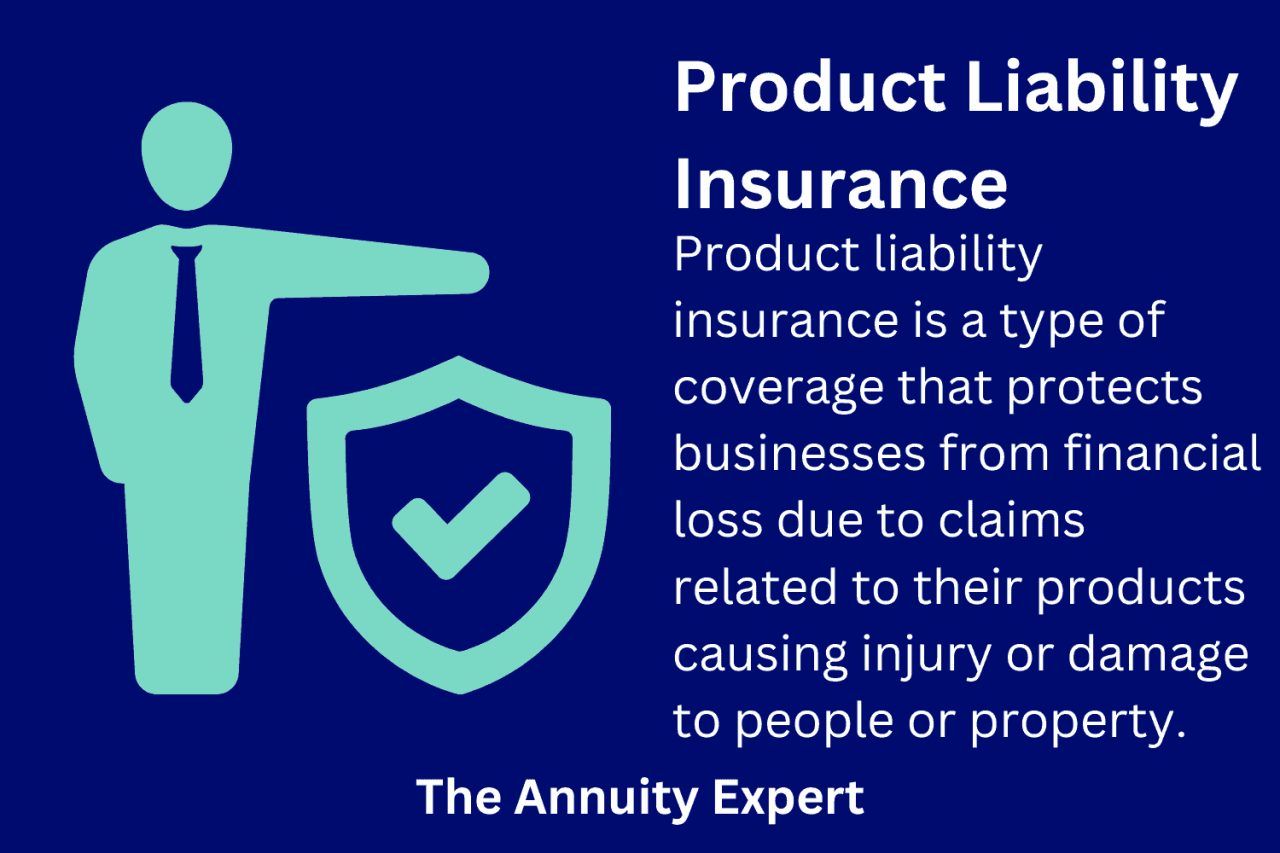
Product liability insurance is crucial for manufacturers and retailers of home and interior goods to protect themselves from potential financial losses and legal liabilities. In an industry where products can easily cause harm or damage, having this type of insurance provides a safety net for businesses.Manufacturers of home and interior goods need product liability insurance because they are responsible for the safety and quality of the products they produce.
If a product is found to be defective and causes harm to a consumer, the manufacturer can be held legally liable for damages. Product liability insurance helps cover the costs of legal defense, settlements, and judgments in such cases, preventing significant financial losses that could potentially bankrupt a business.Retailers in the home and interior goods industry also face risks, as they can be held liable for selling defective products that cause harm to consumers.
Even if they did not manufacture the product themselves, retailers can still be sued for damages. Product liability insurance protects retailers by covering legal expenses and damages in case a product they sold is found to be defective.
Real-world Examples of Product Liability Insurance Protection
- One notable case is the lawsuit against a furniture manufacturer whose chair collapsed, causing injury to a customer. The manufacturer's product liability insurance helped cover the legal costs and compensation for the injured party.
- In another instance, a retailer selling faulty lighting fixtures faced a lawsuit when a fire broke out in a customer's home. Thanks to product liability insurance, the retailer was able to handle the legal proceedings and compensate the affected party.
Final Thoughts
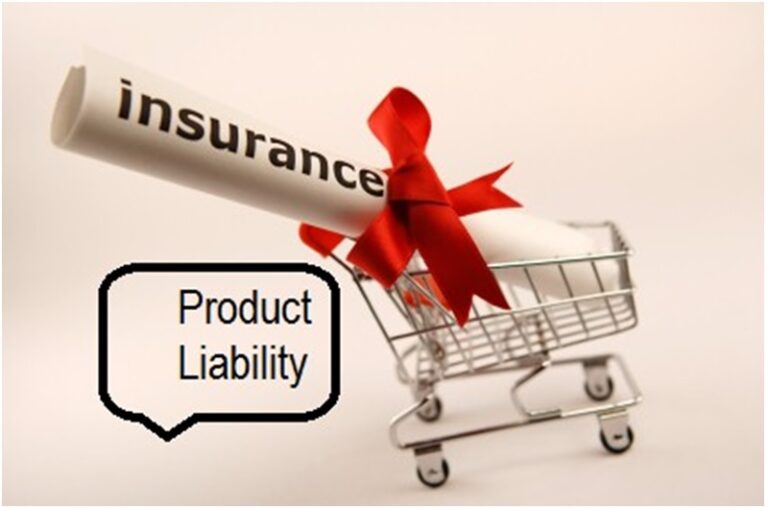
As we conclude our exploration into Product Liability Insurance for Home & Interior Goods, we reflect on the crucial need for businesses to safeguard against unforeseen liabilities in a constantly evolving industry.
FAQ Compilation
What does product liability insurance cover?
Product liability insurance typically covers legal costs, settlements, and judgments that arise from defective products causing harm.
How is the cost of product liability insurance determined?
The cost is often based on factors like the type of products, past claim history, coverage limits, and the size of the business.
Why do manufacturers need product liability insurance?
Manufacturers need this insurance to protect themselves from potential lawsuits due to product defects that could harm consumers.
Are retailers also at risk without product liability insurance?
Yes, retailers face risks of being held liable for selling defective products, making product liability insurance essential for them as well.
